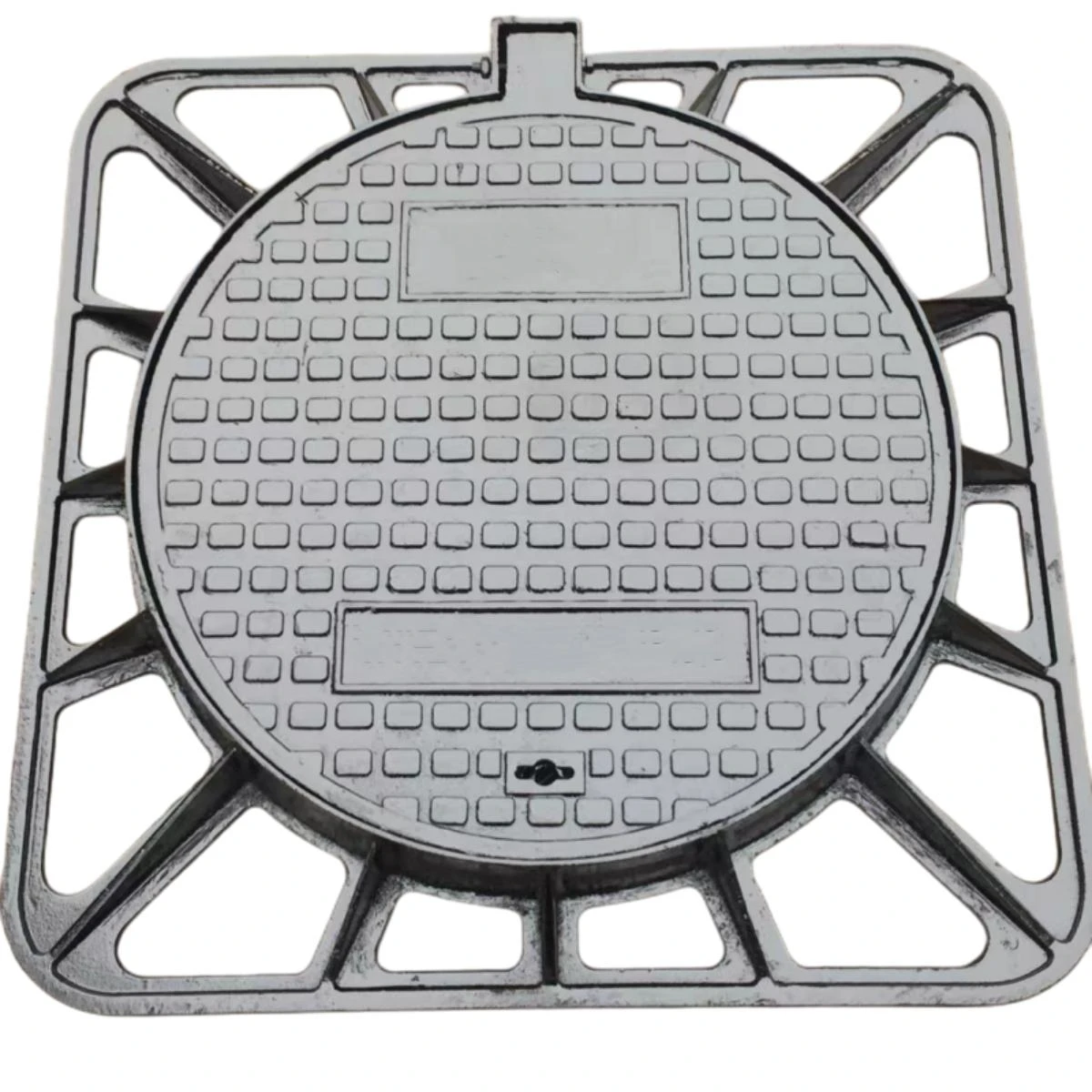Understanding the Functionality of Combination Air Vacuum Valves in Fluid Systems
The Importance of Combination Air Vacuum Valves in Modern Applications
Combination air vacuum valves, often used in various engineering and industrial applications, play a critical role in maintaining optimal system performance. These devices are essential for managing air and fluids in piping systems, ensuring that air is efficiently vented and preventing the formation of vacuum conditions that could disrupt flow. This article will delve into the functions, benefits, and applications of combination air vacuum valves, highlighting their significance in modern technology.
Understanding the Functionality
A combination air vacuum valve serves two primary purposes it allows air to enter a system when a vacuum is created and expels air during the liquid filling process. This dual functionality is vital for maintaining pressure equilibrium and facilitating fluid flow in pipelines. When liquids are drawn from tanks or transferred through pipes, the displacement can create a vacuum that needs to be counteracted. If not managed properly, this vacuum can lead to system failures, inefficiencies, or physical damage to the infrastructure.
The design of these valves typically includes a float mechanism and an external vent. The float rises and falls with the liquid levels, automatically actuating the valve to either allow air to enter the system or create a vacuum release. This self-regulating feature ensures that the system operates smoothly without the need for constant manual intervention.
Benefits of Combination Air Vacuum Valves
1. Enhanced System Efficiency By allowing for the efficient movement of air and liquids, these valves significantly improve the operational efficiency of piping systems. They minimize the risk of air locking, which can halt fluid flow and disrupt operations.
2. Protection Against Damage Combination air vacuum valves act as a protective barrier for piping systems. By preventing excessive vacuum conditions, they help avoid potential structural damage, corrosion, and other issues that could arise from unregulated pressure changes.
combination air vacuum valve

3. Cost-Effectiveness Utilizing these valves can lead to reduced maintenance costs over time. By ensuring proper flow dynamics and preventing damage, operators can save on repairs and replacements, ultimately enhancing the economic performance of the entire system.
4. Versatile Applications These valves find applications in a wide range of industries, including water treatment facilities, chemical processing plants, and HVAC systems. Their versatility makes them suitable for various tasks, from managing water distribution to handling hazardous fluids.
Applications in Various Industries
In the water and wastewater sector, combination air vacuum valves are crucial for regulating flow and preventing backpressure issues in pipelines. They ensure that treated water can be efficiently transported without the risk of air entrapment. In chemical processing, these valves provide safety by managing the pressures within tanks and preventing dangerous vacuum conditions that could lead to spills or leaks.
HVAC systems also benefit from combination air vacuum valves, as they play a role in the circulation of fluids and the overall efficiency of heating and cooling processes. By ensuring that air is expelled during the filling of the system, these valves help maintain consistent pressure levels, resulting in more effective climate control.
Conclusion
In conclusion, combination air vacuum valves are indispensable components in modern industrial applications. Their ability to manage air and liquid flow not only enhances system efficiency but also protects infrastructure from potential damage. As industries continue to evolve, the importance of these valves will only increase, underscoring the need for reliable and effective solutions in fluid management systems. Investing in quality combination air vacuum valves is, therefore, a prudent choice for businesses aiming to optimize their operations and ensure safety in their processes.
-
The Smarter Choice for Pedestrian AreasNewsJun.30,2025
-
The Gold Standard in Round Drain CoversNewsJun.30,2025
-
The Gold Standard in Manhole Cover SystemsNewsJun.30,2025
-
Superior Drainage Solutions with Premium Gully GratesNewsJun.30,2025
-
Superior Drainage Solutions for Global InfrastructureNewsJun.30,2025
-
Square Manhole Solutions for Modern InfrastructureNewsJun.30,2025
-
Premium Manhole Covers for Modern InfrastructureNewsJun.30,2025
